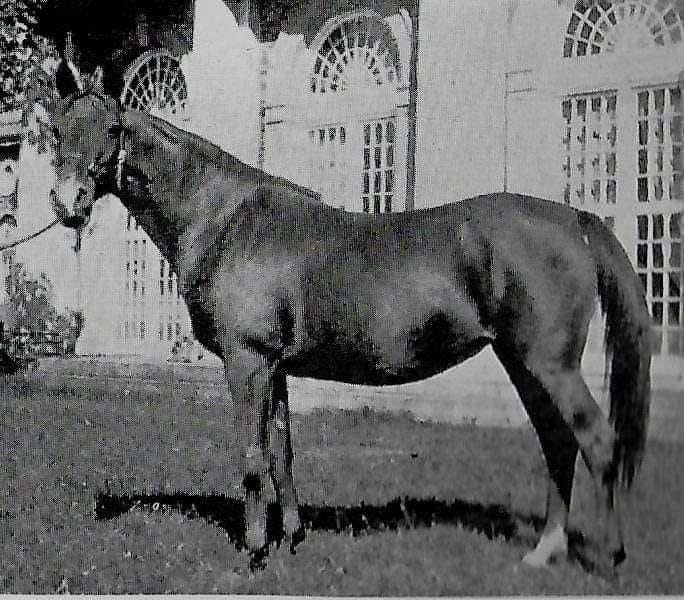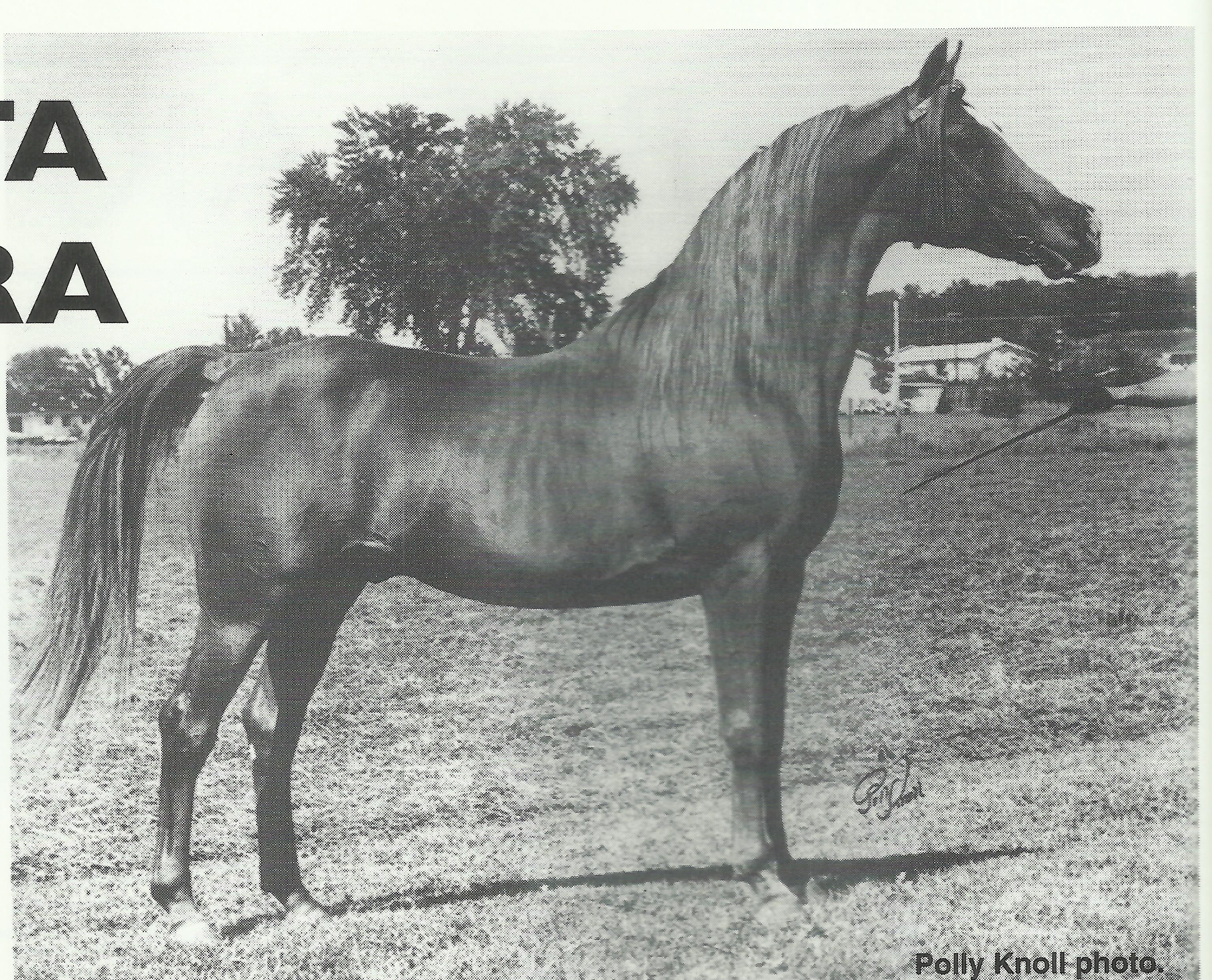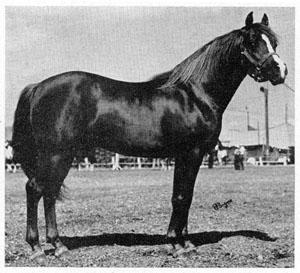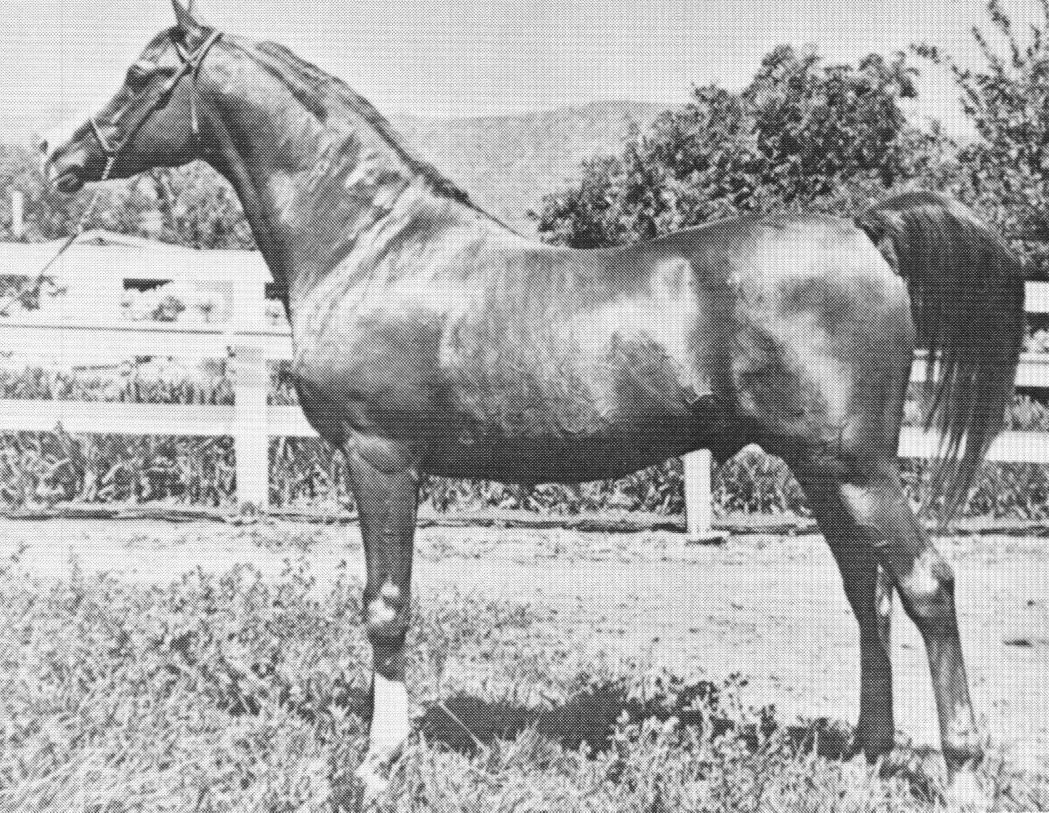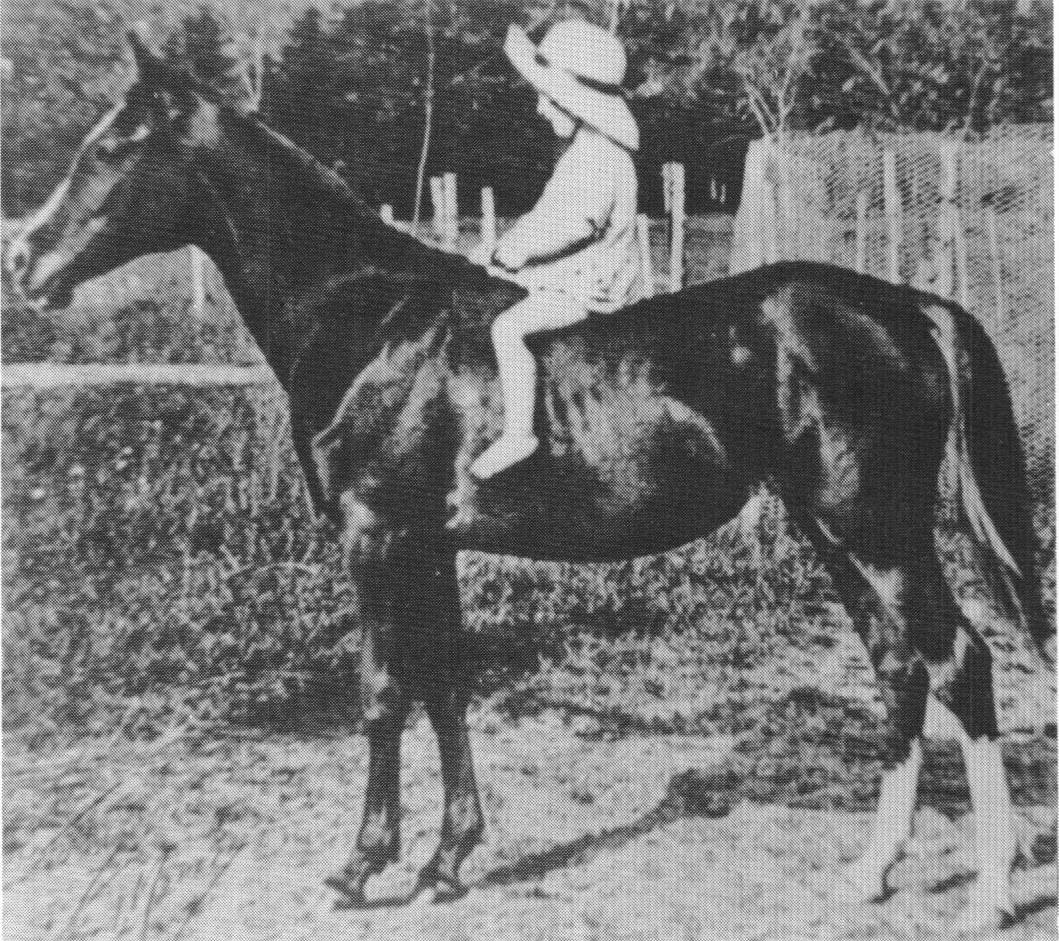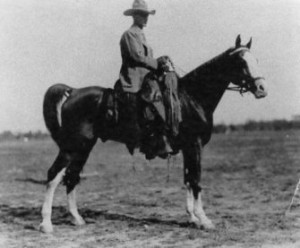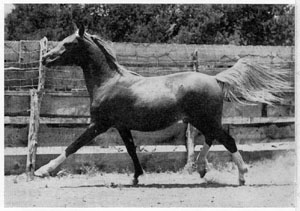W.R. Brown
-
The Original Crabbet - Maynesboro - Kellogg Mare Families
-
Three Great Crabbet Sires: *Serafix, *Silver Vanity and *Raffles
-
Roh Beta Gulastra 10216
-
Ankar 3063
-
Abu Farwa 1960, An American Great
-
The W.K. Kellogg Arabian Horse Ranch - Part 12: The New Arabians of 1930
-
The Maynesboro Stud: A Glimpse at the Past, to Preserve the Future…
-
Davenport vs Blunt Arabians

